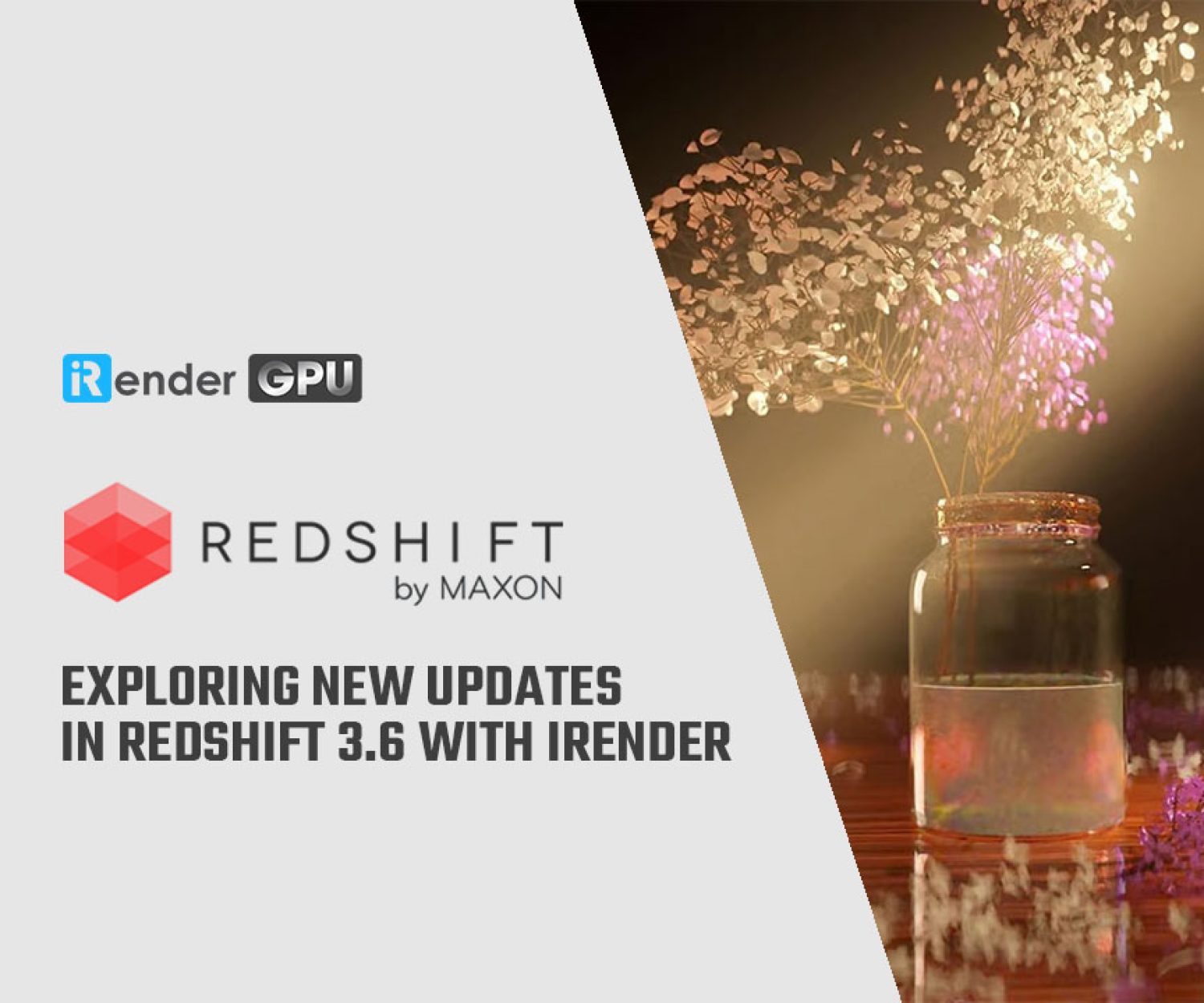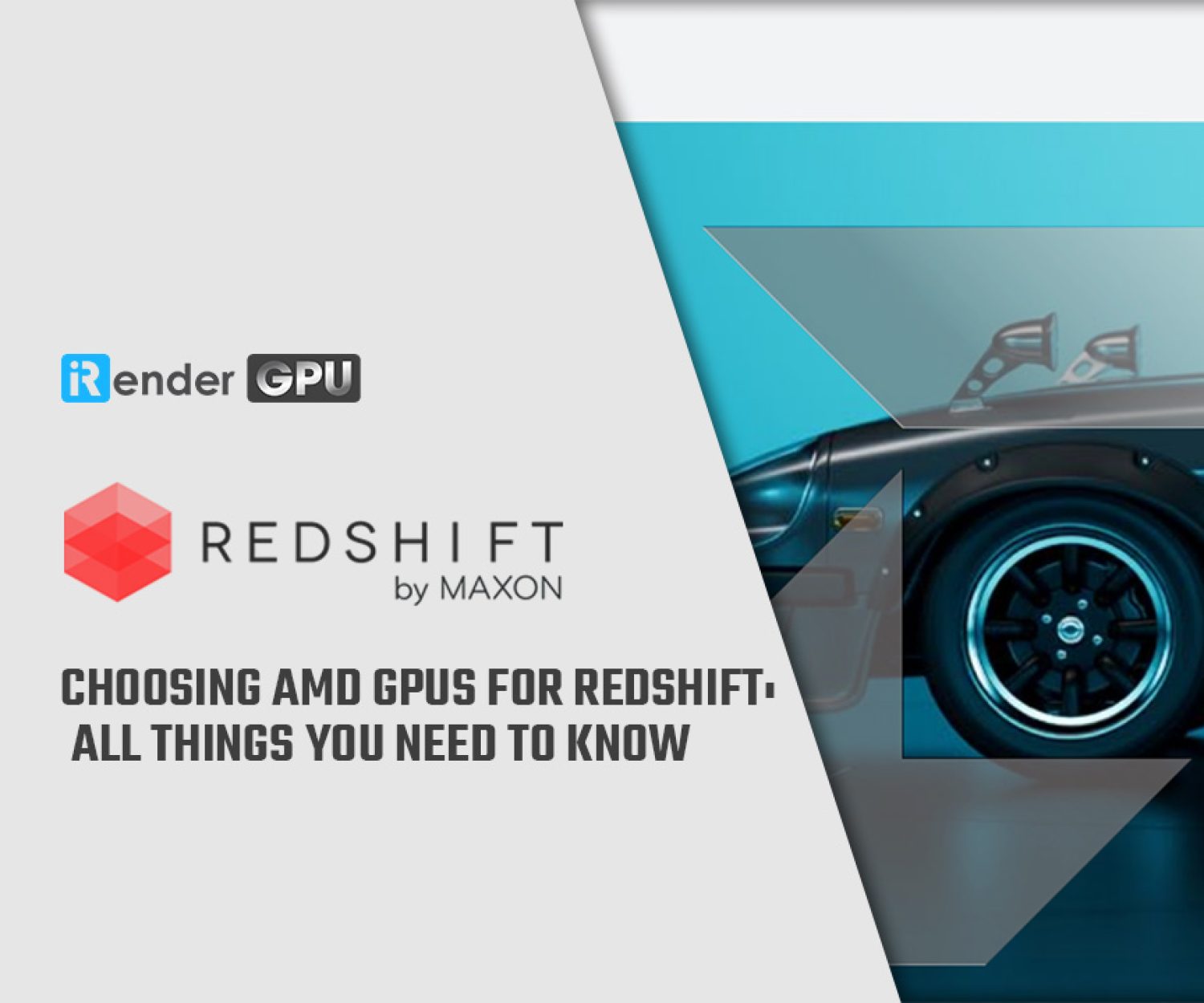Should you use biased or unbiased rendering engine?
When you find a good rendering engine for your pipeline, there are many factors to consider, and I believe that you have heard about biased and unbiased rendering. However, does it really affect your rendering a lot? Let’s discover this question with iRender.
What is biased rendering?
Biased rendering means it will reduce the calculation of light in each pixel, by using a variety of shortcuts and methods to give out an approximation. It will not strictly model the physics of light, but optimize (or limit) the amount of ray bounces, which makes it faster in rendering time.
However, when it reduces the calculation of light, the more you need to tweak your scene to achieve a better and more realistic result. If you don’t know how to do that, the renders will come out bad.
Some of the settings or shortcuts is considered of the biased render engine: defining the amount of light bounces, using cache, adaptive sampling, caustics rays, reducing fireflies, etc.
Some very famous biased rendering engines are: V-Ray, Redshift, Mental Ray, Renderman.
What is unbiased rendering?
Unbiased rendering means that no shortcut (or few shortcut) is used when calculating a render. It will strictly calculate the light bounces in the scene as accurately as possible. This will lead to a long render time because you have to deal with many light rays. However, the light rays will help to create a realistic render result without you having to tweak too much.
Some of the famous unbiased rendering engines are: Arnold, Cycles, Mantra, Maxwell, Octane, Mental Ray (optional), V-Ray (optional), etc.
Pros and Cons of biased and unbiased rendering
Biased rendering has its own advantages. When you have less light bounces calculation, it means that the render speed is faster. In this world of 3D where you have the most boring stage – rendering – being the one that takes longest time to do, you will appreciate the render engine which could produce nice result with less time.
Biased rendering allows you room to play with your settings, meaning you have more freedom to express your creativity. However, it has two sides. The learning curve of the biased rendering engine will be more difficult, as you have to know how to tweak your scene to achieve a good result.
Unbiased rendering is opposite. Because it has many light bounces calculation, it’s easier to achieve a realistic results when the lights do their jobs. You have less setting than biased rendering, and you don’t need to be a pro to really know what to do. Of course, to actually have an outstanding render, whether in biased or unbiased rendering, you have to study and learn.
The downsides of unbiased rendering could be the render time and the level of control that you have toward your scene. More light rays means more calculation made, more computational power and longer render time. Moreover, you have to stick with the render settings hardcoded into the renderer and don’t have a chance to play with them.
Should you use biased or unbiased rendering engine?
Many have said that unbiased is better than biased, because unbiased is physically accurate, used less settings. Is it correct? Unfortunately no.
First of all, unbiased doesn’t mean that it completely models the physics of light behavior in real life. This work will need a ton of computational power and time, and we don’t have enough time and resource to do that.
It will reduce the shortcut and try to mimic the path of light reflects as accurate as possible. However, because there’s a case when light paths and reflections amount are not from a homogeneous distribution source, the shading density, toning, tint, etc. will be different. This leads to flickering or noise.
Second of all, less settings of unbiased just means that it has fewer settings visible.
The other factors like brute force GI or path tracing is like grey line. It can be biased, or unbiased.
It actually depends on some very basic factors when you decide if you use a rendering engine or not.
The features of the renderer: above I have said that biased rendering engine allows you more control by having more settings available. However, don’t think that biased rendering engines have more features than unbiased one. With the help of GPU power and the fast development of 3D technology, we can expect more from all of the renderers. Many users of one software or plugin stick to it because of the features it provides.
Render speed: biased rendering engine is faster because it has less light rays calculation. However, it takes you time to tweak the scene to be able to achieve the realistic result. So is it really time saving? Not really.
Learning curve: whether a rendering engine is a choice or not could come from its learning curve. A steep one will be likely to prevent it from approaching a broader range of customer.
Final words
The idea of biased or unbiased rendering is not purely about technology or anything that makes your render more realistic, it’s more of a marketing trick.
To select your rendering engine, sometimes it’s very simple. It’s based on the feature it provides, the render speed of it, the UI is friendly or not, you can learn it fast or not, etc. You can even use many render engines and sometimes it’s your clients or your pipeline requires which renderer you use.
Source: mustafasen.tv, chaos.com, George Maestri’s post on Linkedin
Related Posts
The latest creative news from Octane Cloud Rendering, Redshift Cloud Rendering, Cinema 4D Cloud Rendering








